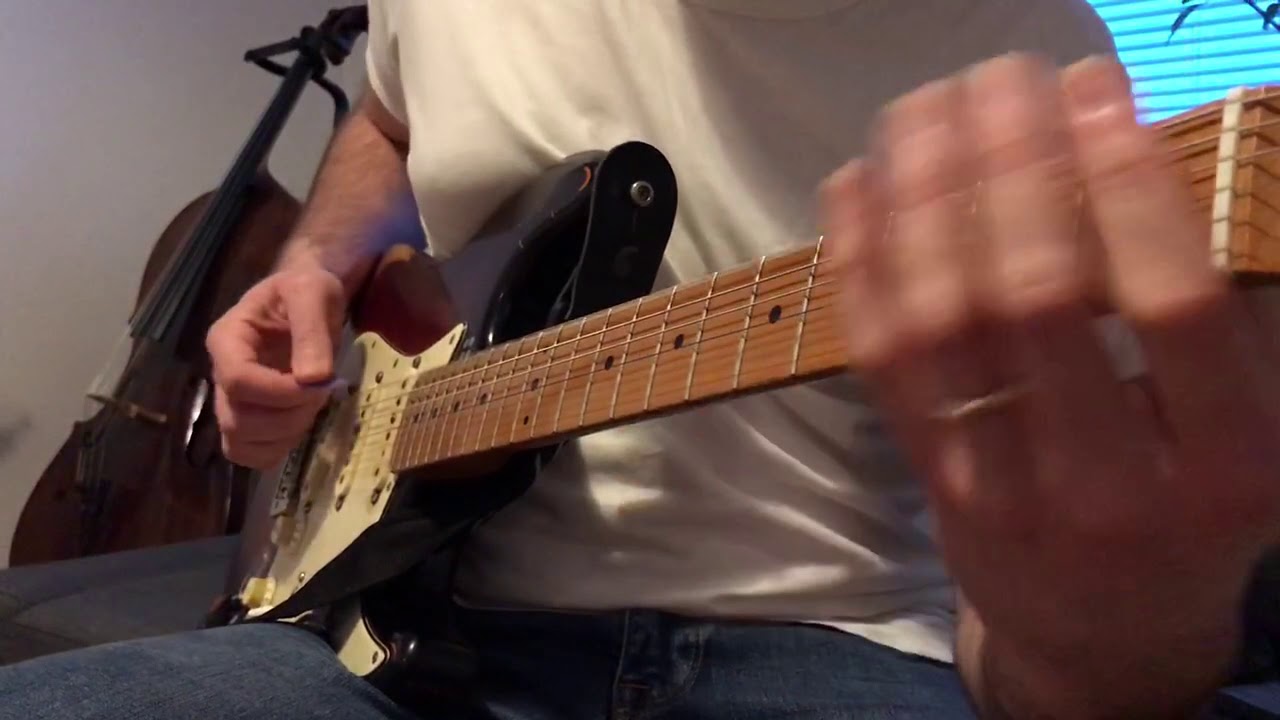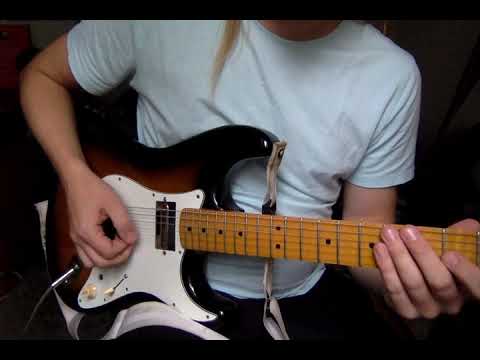Hi! Thanks for posting. And good playing so far. Good news: you are further along than lots of players, with good hand synchronization and generally clean lines. This is not a case of a picking motion that’s failing. It’s a case of potentially trading in a good motion for a better one.
I know I’ve been a broken record about this lately, but if you have any question about your ability to play speedy things, or you’re unsatisfied with where you’re at in terms of speed or smoothness, the first step should be testing your physical motions:
The idea is that if you don’t know what your actual limits are, then you really can’t tell if your current technique is near those limits or not. Not only that, but if you’ve never experienced what fast tension-free movement feels like, then it’s hard to know if you’re even doing it right. The tests give you a shot at experiencing that without the complexity of the guitar.
Here’s one of the tests which we put up on YouTube:
This is a simulation of Van Halen-style wrist motion, which is typically performed with a middle- or three-finger grip on a guitar. The idea is not necessarily that this is a technique you’re going to switch to, but that it’s an easy motion to simulate on a table top with simple props. And most people are pretty good at it just from a lifetime of similar everyday activities. So it can be a realistic assessment of what fast motion feels like when done smoothly.
If this tests registers faster, smoother, or more relaxed than your actual playing, then you know you probably have more in the tank with the instrument in your hands. The solution is to experiment with different techniques until the motion on the guitar feels in the ballpark of the motion on the table in terms of smoothness and speed. And if the test went well, this EVH motion might not be a bad one to throw in the mix, grip and all.
As to @qwertygitarr’s picking motion, it is a thing of beauty. But the good news is that lots of joints can operate at that level of smoothness and speed. We’ve seen awesome results from every possible joint motion, including ones like elbow which for whatever reason sometimes get an undeserved bad rap.
The fastest route to improvement is to go with whichever technique is working best right now. Which means trying out as many different ways to move until you find one which feels “table-top smooth”. As you experiment, try to set prejuduce aside, especially visual prejudice. It doesn’t matter if it looks “stiff”. We hear that constantly. Instead, it only matters what it feels like. If it’s fast and fluid and sounds great, then that’s a motion that is working.



